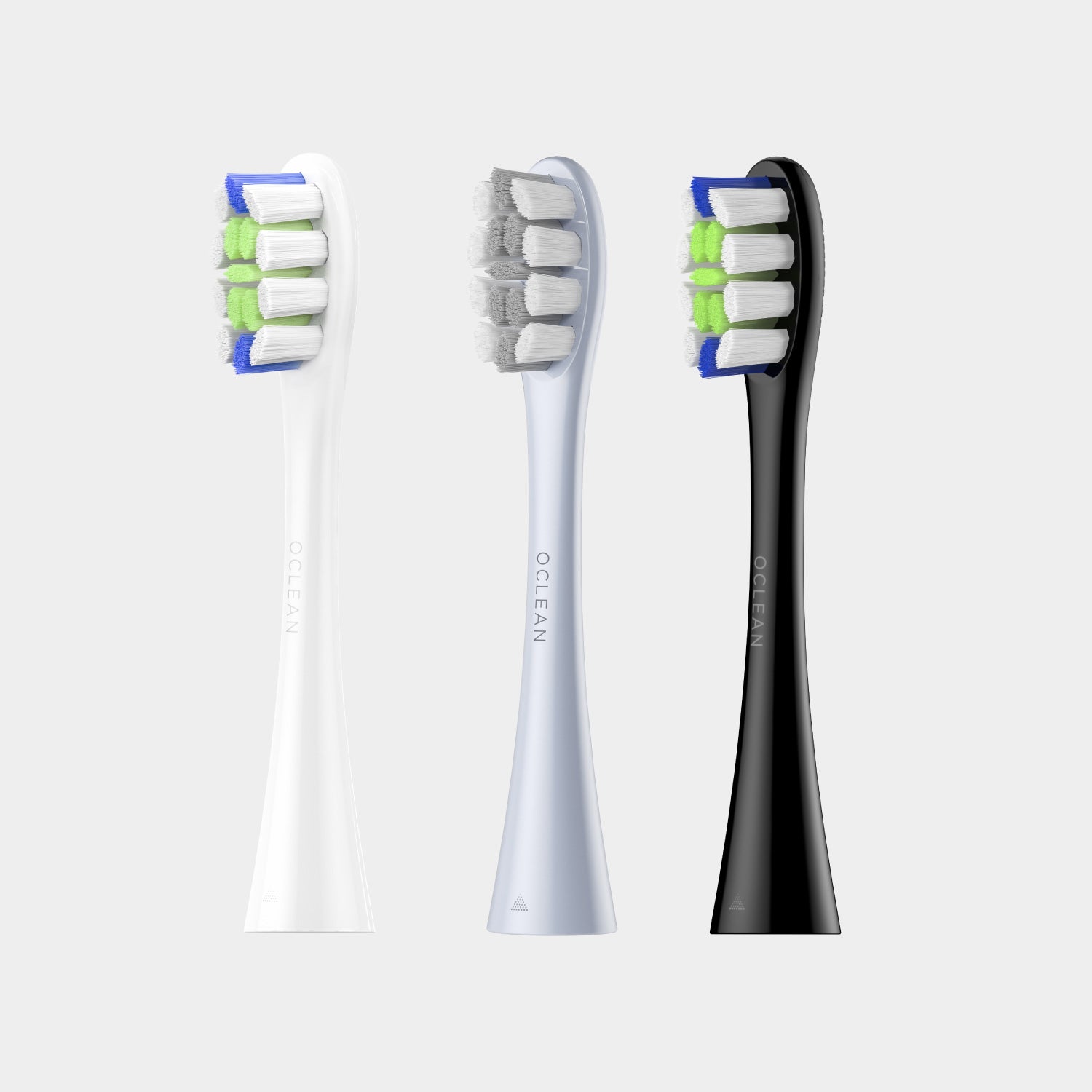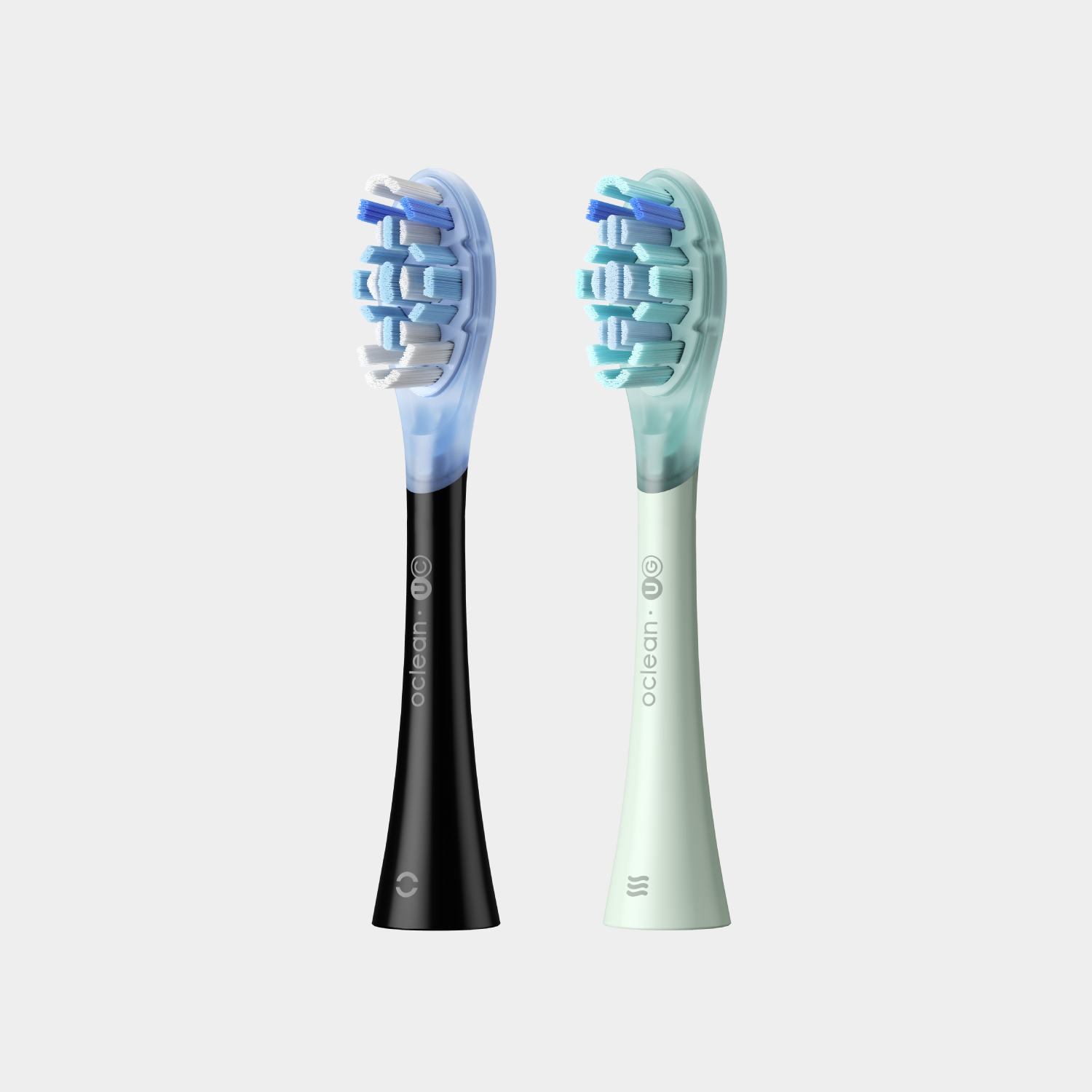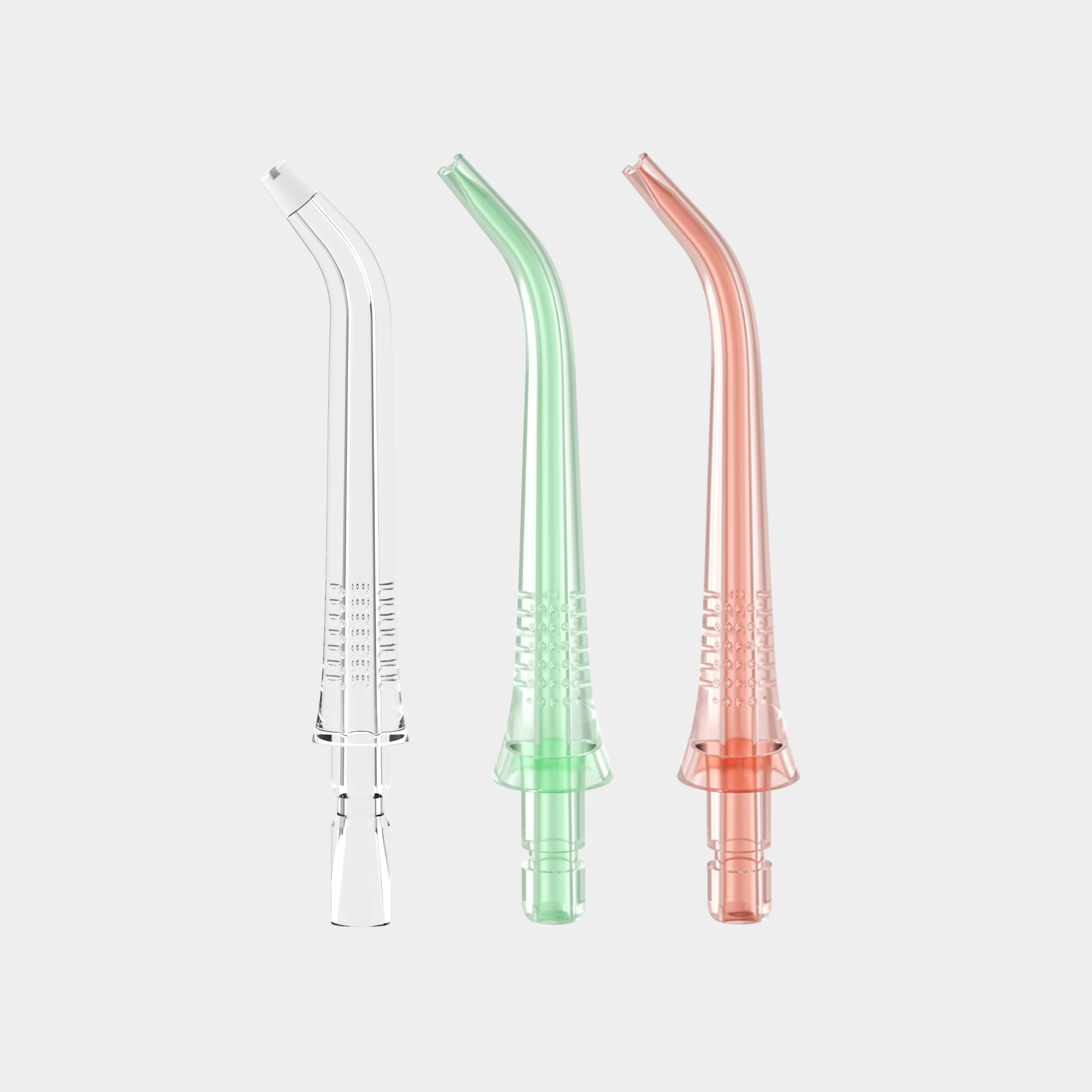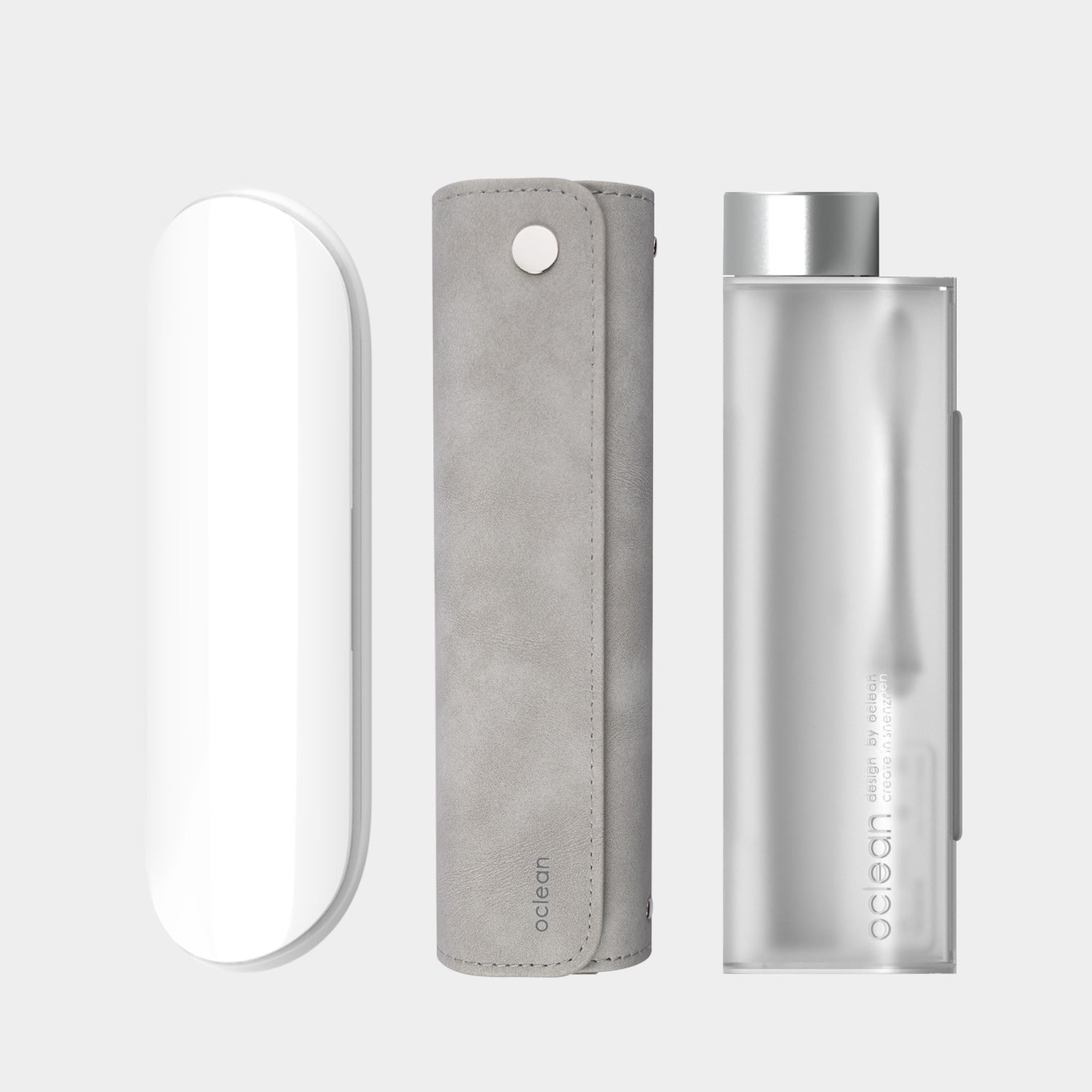Whether caused by an accident or an extensive cavity, an extraction is often the solution for a severely damaged tooth. This is a frequent procedure that involves several steps and adequate post-operative care.
Every step of the procedure is essential and contributes toward its success. However, once the tooth is extracted, the dentist must place a piece of gauze on top of the wound as the final step.
Although this might seem simple, it is a vital step and plays a principal role in the healing process. Therefore, knowing how long to bite down on the gauze after a tooth extraction is essential to avoid any issues or adverse problems.
We'll explain in this article when to stop using gauze after tooth extraction and discuss a few post-operative instructions.
How long should you bite on the gauze after a tooth extraction?
After tooth extraction, the dentist must place a clean or sterile piece of gauze on top of the wound. Also, the dentist asks the patient to bite it down for around 30 - 45 minutes.
Afterward, the gauze should be gently removed. Nonetheless, this should not be done with the bare hands. Instead, it is highly recommended to remove it carefully by pushing it with the tongue and letting it fall out of the mouth. It is done this way to prevent contaminating the wound with bacteria from the hands. Therefore, this method prevents infections.
However, on some occasions, the wound continues bleeding after removing the gauze. This usually happens if the blood clot forming inside the socket dislodges. In this case, the patient should place a clean piece of gauze on top of the wound and bite down on it for another 30 - 45 minutes. Some dentists usually provide their patients with an additional piece of sterile gauze in case this happens.
If the bleeding doesn't stop, it is essential to contact the dentist immediately.
Why is it so important?
The gauze on top of the wound plays a significant role in the healing process. It helps to form and protect the blood clot inside the socket where the tooth was extracted.
After tooth extraction, an empty socket is left behind where the tooth used to be. However, this socket quickly fills with blood. This blood then becomes a clot and begins the healing process.
The blood clot protects the bone and the nerve in the socket. Also, it serves as the base for the growth of new bone and gum that will eventually fill the space left behind by the tooth.
Biting down on a piece of gauze applies pressure to the wound. This helps to stop any excessive bleeding and allows the blood to turn into a clot. Additionally, it helps the blood clot remain in place while forming.
For this reason, it is essential to use gauze for at least 30 minutes. This is often enough time for the clot to form and set in place.
How to take care of the wound after removing the piece of gauze?
It is essential to protect the blood clot and the area around the wound to allow it to heal appropriately. Some recommendations include the following:
- Maintain good oral hygiene:
People should still brush their teeth and floss after tooth extraction. Nonetheless, being gentle while brushing the teeth next to the wound is also essential.
Using an smart toothbrush that can be set up with different modes, such as the Oclean X Pro Elite smart electric toothbrush, is often a great solution in these situations. This toothbrush can be set in sensitive mode and has a low-intensity level to act gently on the area.
- Don't spit or use straws:
These actions can dislodge the blood clot from the socket. Also, don't rinse vigorously, as it might have the same effect.
Dentists recommend waiting at least 4 - 7 days before doing these actions. Nonetheless, it is recommended to rinse gently with warm salt water the day after tooth extraction to help with the swelling.
- Have a soft diet:
Patients should eat soft food on the following days after the procedure. This can include food such as pasta, soup, and mashed potatoes. It also recommended avoiding food that could get stuck inside the socket, such as rice.
- Don't smoke or touch the area:
Smoking interferes with the healing process. Not only it makes it slower, but it also increases the odds of infection and dry sockets.
Touching the area with the fingers or poking it with any object, including cotton sticks and your tongue, can also lead to an infection or dislodge the blood clot..
Is bleeding normal?
Severe bleeding after a tooth extraction is abnormal and should be examined by a dentist immediately. However, this only happens on rare occasions.
Nonetheless, it is entirely normal to taste some blood in the saliva on the day of the procedure. This often happens while the area heals. Furthermore, the taste of blood should disappear in the following days after tooth extraction.
In the case of profuse bleeding, biting down a clean piece of gauze is usually enough to stop it.
The takeaway
Patients should use gauze for 30 - 45 minutes after tooth extraction. This helps to form and protect the blood clot inside the socket.
If the bleeding doesn't stop, then it is necessary to place a new gauze and bite it down for another 30 - 45 minutes. Afterward, the gauze should be gently removed without touching it or the extraction site with the hands. This helps to prevent infections and allows the wound to heal correctly.














































































